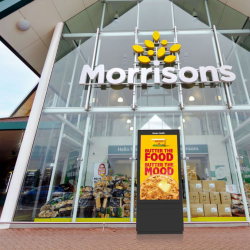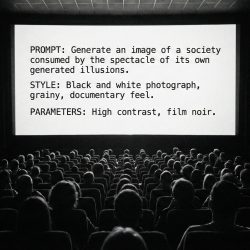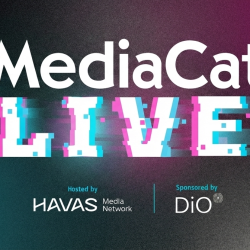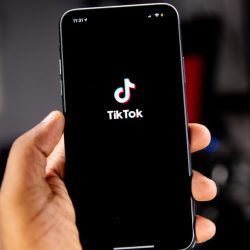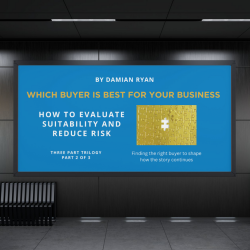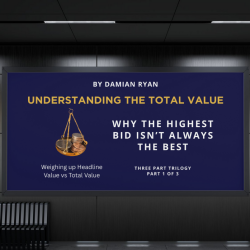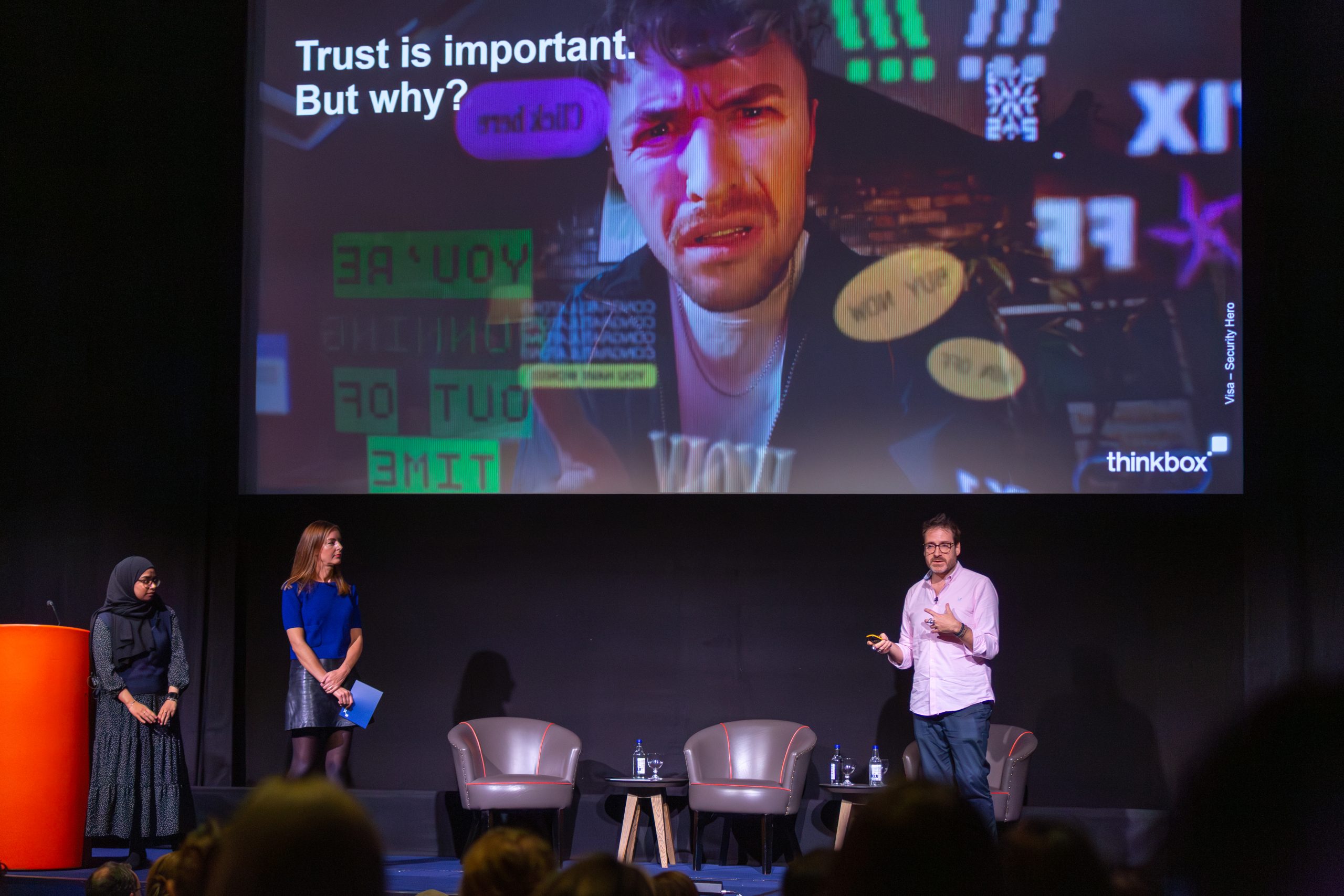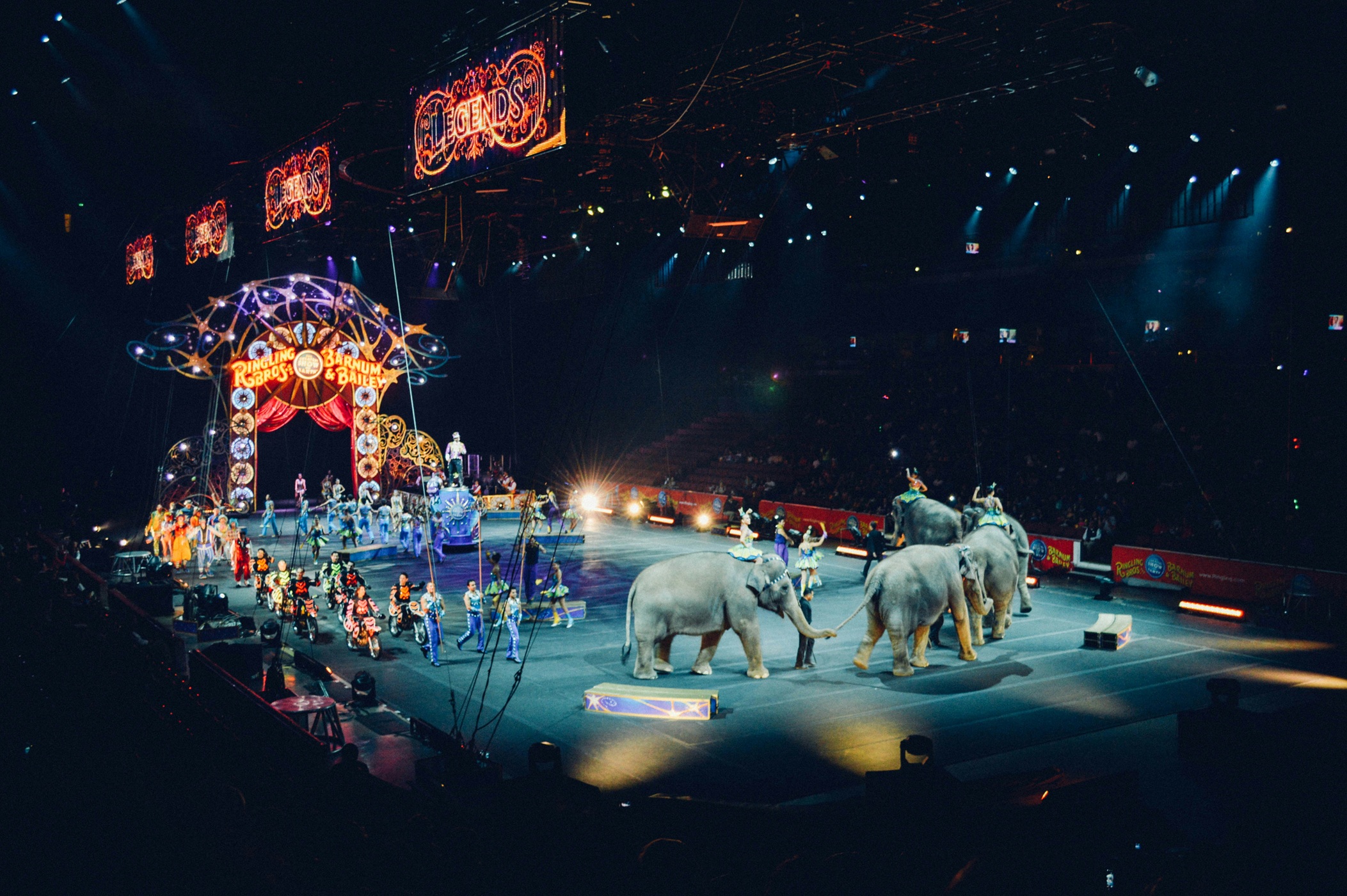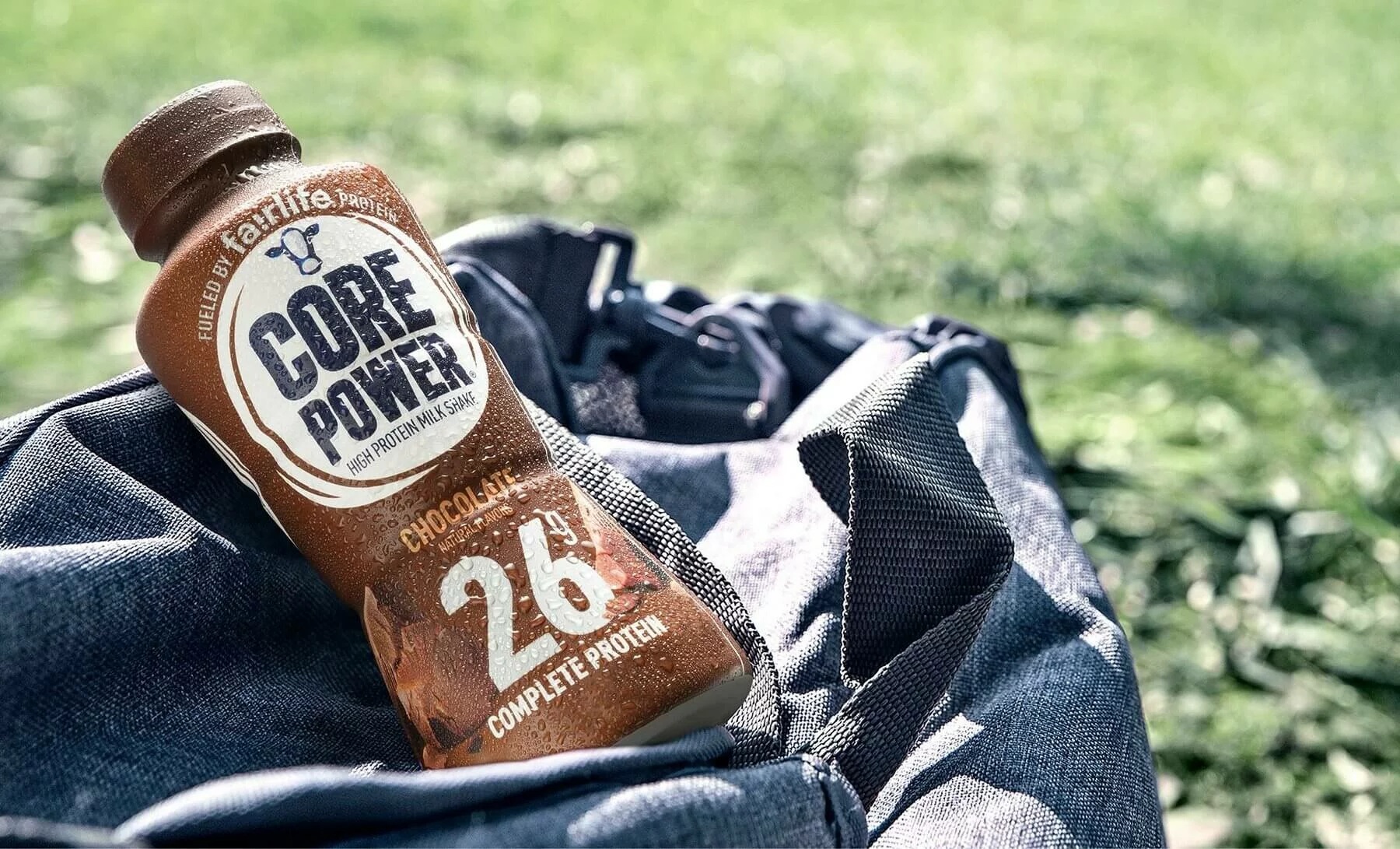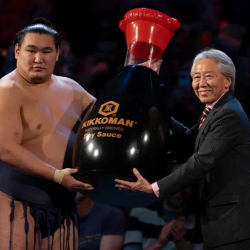We wanted to end the year by publishing qualitative research on how agencies, media owners and brands felt about the industry going into 2026. Several research firms agreed it was an interesting project but ultimately declined on the grounds that it was ‘unreasonable’ to expect them to do it in two weeks, and for no money.
So, we did some qualitative research instead, speaking to as many people from as many corners of the media industry as possible. Or journalism, as it’s sometimes called.
First of all, it’s clear that 2025 has been tough for everyone, except the big platforms, obviously, and agencies that paint murals, less obviously.
When we asked interviewees to give their year a score out of 10, most alighted on a six or a seven. But when we asked interviewees to give the same score to their competitors — because we’d read about political pollsters getting more accurate election data when they ask people how they think their neighbours will vote — the scores invariably dipped to around four, which may give a truer picture of industry conditions.
We’ll be discussing our findings in-depth at our free MediaCat Live event on 3 December when, in the spirit of the Abundance Agenda, I’ll be telling you what you can expect more of in 2026.
In the meantime, here’s a few nuggets that came out of our research journalism:
We’re exiting a period of marketing McCarthyism: Agency folk have for the longest time been scared to question tech or data practices for fear of looking like luddites. But performance marketing hasn’t been performing quite as well as it used to, and that appears to have broken the spell.
AI Mechanical Turks: There’s some rumblings that big media agencies’ AI services aren’t as automated as they make out, and still require a lot of manual input. ‘It’s like those Amazon shops that were supposed to be run by AI, but actually had people in India watching everything on cameras,’ said one former network agency MD.
Publisher web traffic down 25-30%: AI overviews have taken a significant chunk of clicks away from B2C publishers. On the plus side, those with print products still can expect a little bump next year as junk-food brands look for new places to spend their digital budgets in the wake of the Less Healthy Foods advertising restrictions.
LinkedIn is having a negative impact: ‘It’s the most poisonous thing because all we get are provocative statements,’ said one media agency head. ‘We’ve lost confidence that there’s a profession — supported with well-written research — at the heart of this industry.’
Pause ads are a gateway drug to telly: ‘Arguably, they’re not TV ads; they’re digital posters in your living room, but they’ve been a great story for us. You can do it really quickly. I think nearly a third of our ad customers have never been on TV before,’ said a broadcaster.
Go a bit or go home: While some brands seem to have rediscovered the importance of storytelling, Les Binet’s IPA research calling for them to ‘Go Big Or Go Home’ by investing in creativity at scale may be a bit ambitious. ‘There is no world in which, given the current business uncertainty, people are going to go, “I’ll just write a bigger check”,’ said a broadcaster.
Photo by Tim Hüfner on Unsplash

